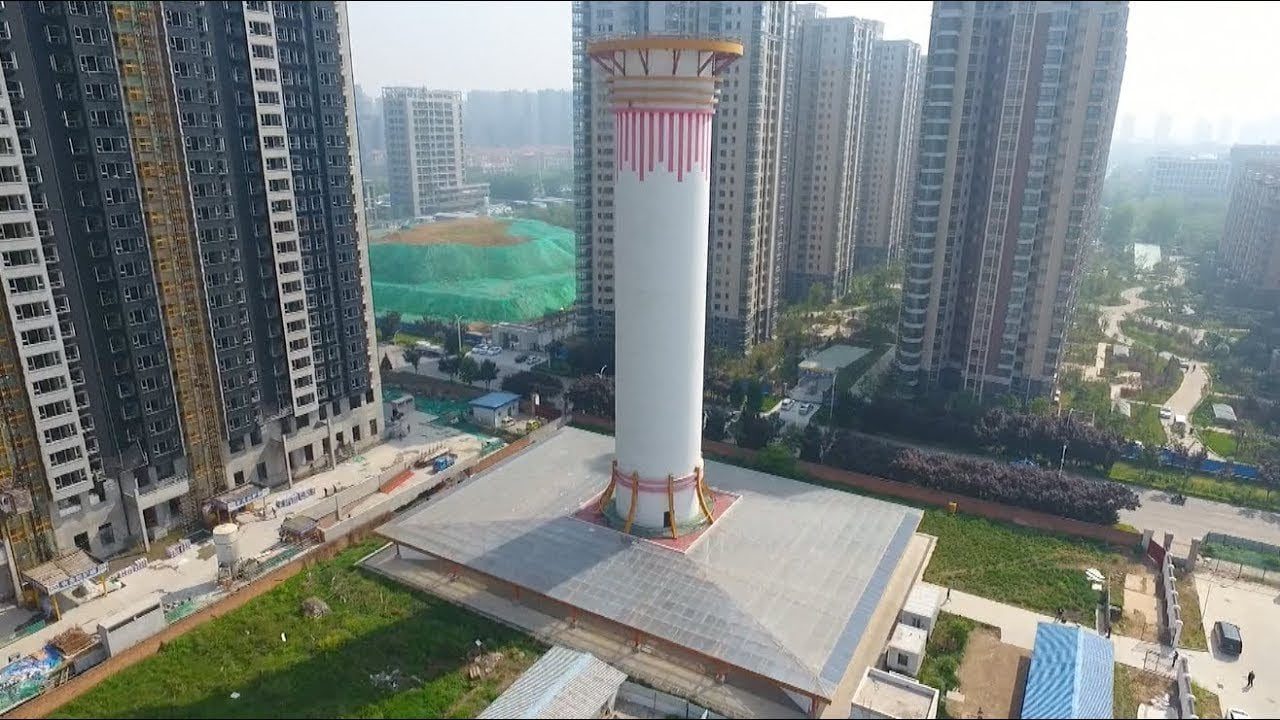
In the face of rising industrial activities, dust collectors have become essential tools for maintaining air quality around the world. These systems are crucial not only in protecting worker health and maintaining clean production environments but also in contributing significantly to the global effort to reduce atmospheric particulate matter. This article explores how various types of dust collectors are implemented across different countries, showcasing their vital role in air purification and environmental protection.
The Role of Dust Collectors
Dust collectors are engineered to capture and remove particulate matter from the air during manufacturing processes, construction activities, and through natural environmental disturbances such as wind. They function by drawing in dirty air, filtering out dust and particulates, and releasing clean air back into the atmosphere or recycling it within industrial processes.
Types of Dust Collectors
-
Baghouse Systems: Widely used in cement, mining, and chemical industries, these systems use fabric filters to trap fine particles. They are known for their efficiency in capturing very small particles.
-
Cyclone Separators: Common in woodworking and metalworking facilities, these use centrifugal force to separate dust from the air stream without the need for filter media.
-
Electrostatic Precipitators: Employed primarily in power plants and heavy industries, these systems use electrical charges to attract and collect dust particles.
-
HEPA Filters: Used in pharmaceuticals and electronics manufacturing, HEPA filters trap sub-micron particles and are crucial in environments where air purity is paramount.
Global Implementation Examples

United States: In the U.S., stringent environmental regulations have led to the adoption of advanced dust collection technologies, particularly in industries such as pharmaceuticals and chemicals. For example, California has implemented some of the strictest air quality standards in the world, leading many businesses to invest in high-efficiency dust collectors.
China: Facing severe air pollution challenges, China has become one of the largest markets for dust collection systems. The country has invested heavily in baghouse systems to handle emissions from industries and power plants, significantly improving air quality in urban areas.
Germany: Known for its commitment to environmental sustainability, Germany uses electrostatic precipitators extensively in its power generation sector. This technology helps the country achieve low emission levels, despite its heavy industrial base.
India: With its rapid industrialization, India is focusing on cyclone separators and upgraded baghouse systems to control emissions from cement and textile industries. These efforts are part of India’s broader strategy to combat air pollution and protect public health.
Brazil: In Brazil, dust collectors are crucial in the mining sector. The country uses advanced filtration technologies to control the dispersion of dust during ore extraction and processing, minimizing environmental impact.
Benefits of Dust Collectors
-
Health: By reducing airborne particulates, dust collectors prevent respiratory diseases and skin irritations among workers and nearby populations.
-
Productivity: Clean air means less downtime for machinery maintenance, leading to higher productivity and reduced operational costs.
-
Compliance: Many countries enforce strict air quality regulations. Dust collectors help industries comply with these laws, avoiding fines and shutdowns.
-
Sustainability: By capturing and sometimes recycling dust, collectors support sustainability efforts, contributing to cleaner production cycles and reduced waste.
Challenges and Future Directions
Despite their benefits, dust collectors face challenges such as high maintenance costs, energy consumption, and the need for regular upgrades to handle different types of particulates. Future advancements are likely to focus on increasing energy efficiency, reducing maintenance costs, and integrating smart technologies for real-time monitoring and response systems.
Conclusion
Dust collectors play a crucial role in purifying air on our planet, offering a clear solution to the environmental challenges posed by industrial particulates. As technology advances and global awareness about air quality grows, the importance of these systems in ensuring a cleaner, healthier environment continues to escalate. Whether through local initiatives or global strategies, the future of industrial air purification looks promising with the continued evolution and adoption of dust collection technologies.



